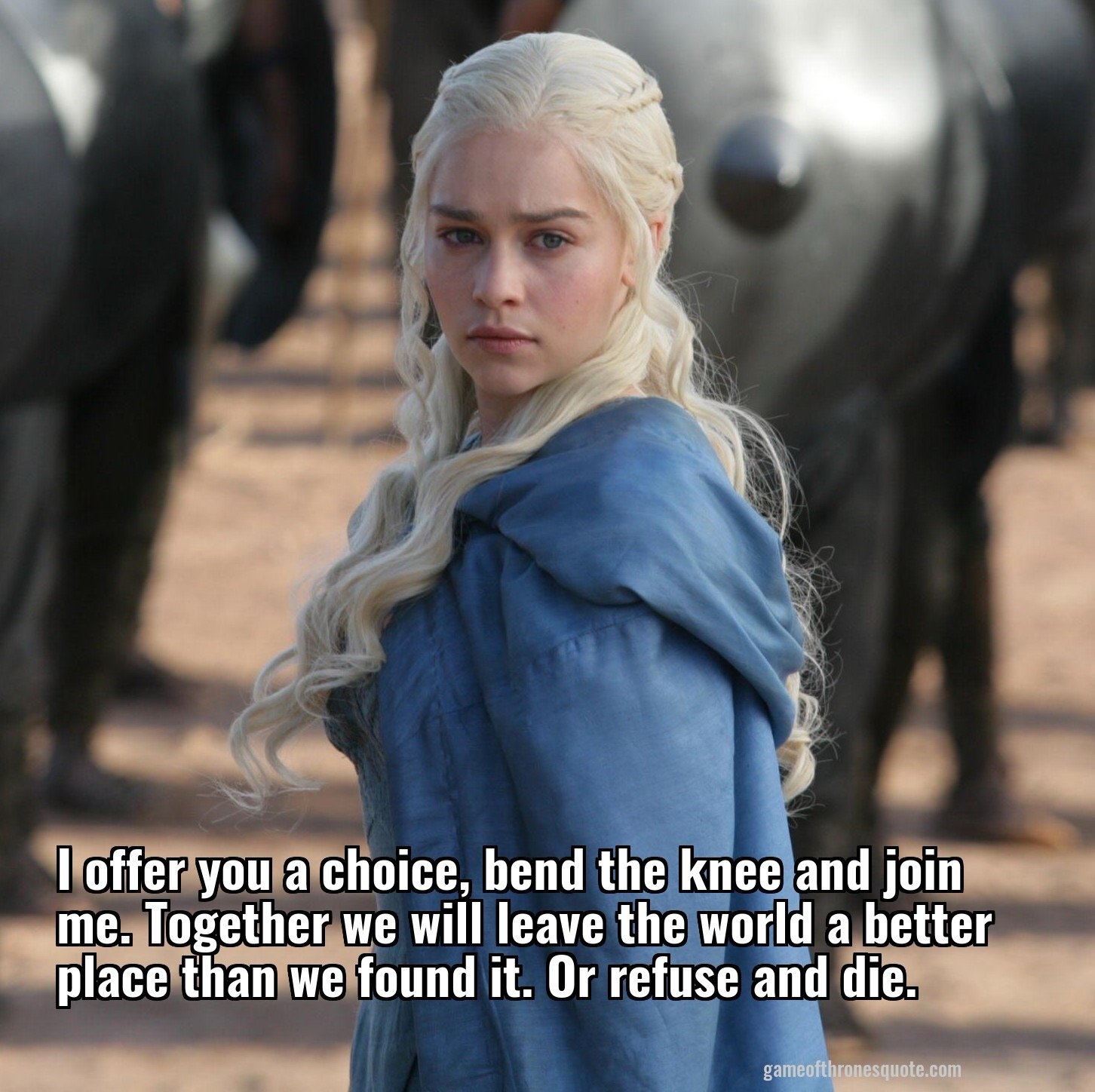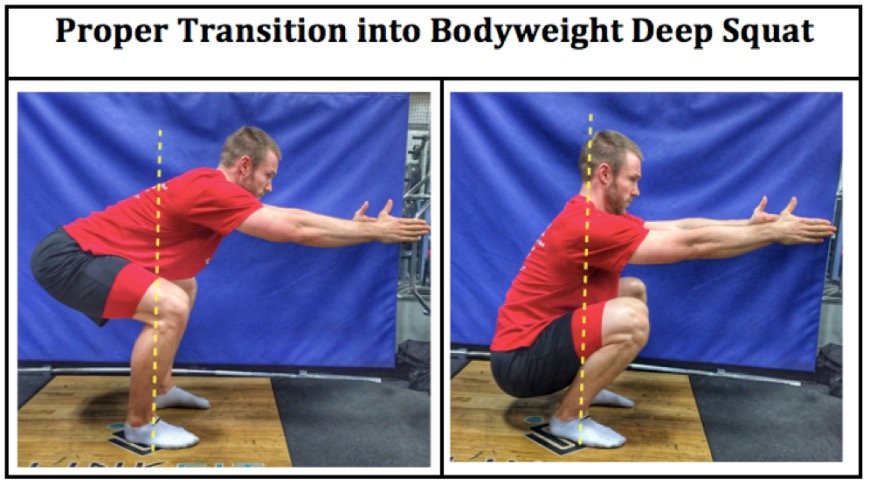Bend + The Knee
Just kidding, no forced servitude here
First off, sorry for my silly puns, but I’m a sucker for them. So it's been about a month since my last continued education training in Bend, OR (Oh my gosh, it was so nice to step off the flight and smell the fresh air—reminded me so much of home). I’m slowly getting a grip (pun intended) on all the material, and you'll see my manuals during sessions for a while. I might need to refer to them occasionally to ensure I’m giving you the best possible results.
The lower extremities class was incredibly insightful, especially regarding leg mechanics and current surgical procedures. But the biggest shock? The knee. Honestly, it was a little nerve-wracking, and I’ll explain why.
View from my room
The knee has never been my favorite anatomical structure. To me, it’s always been a high-maintenance body part, which is understandable; here’s why: the knee joint is really made up of just three bones, but it is comprised of the two largest bones of the body - the Femur (#1) and the Tibia (#2), the patella is there floating around too. What makes it high-maintenance is that it’s a hybrid joint designed for movement but also requires stability to function properly and avoid damage. The knee’s stabilizing features include its ligaments (ACL, PCL, MCL, and LCL) and the menisci (cartilage) to help control excessive movement and ensure proper alignment of the bones during dynamic activities. So, while it’s a mobilizing joint, those stabilizing components keep us from injuring ourselves by preventing excessive rotation or lateral movement. It allows flexion (bending), extension (straightening), and even some rotation when flexed. Essential for walking, running, squatting, and jumping. Oh, and it does all this weight-bearing and balancing…whew. See what I mean? High-maintenance. Amazing, yes, but also a lot to manage and a lot to understand and tackle as a massage therapist.
Now, let me take you back to my experience in Bend, OR, which was more connected to my class material than I expected. One of the adventures I had while I was there was spelunking—caving exploring, a bucket list item for me . I don’t know if you’ve ever crawled through a tight space underground in 45°, but it’s all about movement, stability, and staying warm. You’re constantly shifting your weight, adjusting your body to fit through narrow passages, and sometimes even supporting your body weight with just your legs or arms.
As I was in those caves, I kept thinking about how much the body’s ability to move, stabilize, and adapt was exactly what we were studying in class. The knee, being this hybrid of movement and stability, is like the anchor for the rest of the body during such dynamic shifts. With spelunking, if you ignore your knee alignment—if you let it rotate too much or go out of alignment—you risk not just discomfort but injury. And that’s exactly what we see in the knee—it can be a major disruptor or stabilizer for the whole body.
Ok, so back to the knee info I learned in training…
Here’s some new info I’ve been aware of for the past few years, but more and more research has been alerting to: Did you ever hear the old saying "Don’t let your knee go past your toes"? This myth, rooted in research from the 1960s, has been recently debunked. New studies show that allowing your knees to pass your toes during movements like squats isn’t harmful. In fact, restricting forward knee movement can actually increase stress on other parts of the body, like your hips and lower back. The knee is a connecting force for the entire lower leg, from the hip to the ankle. When it’s restricted, the rest of your body compensates, which can lead to other issues in your hips or ankles.
More on how to train Over your toes below
Something else that struck me, which I hadn’t considered before but was discussed in class, was the fact that knee replacement surgeries are often designed off of models of men and not of women, which can lead to a poor fit and less-than-optimal results for women. Women generally have smaller and more variable knee structures, so the standardized design of knee replacements doesn’t work well for most of them. This disparity is now being addressed, with efforts to create knee implants that better align with the female anatomy by using 3D printing, ensuring more tailored and successful surgeries and faster recoveries.
Now, with ALL of this information, what can You do about it???
If you're looking for a way to strengthen and maintain the health of your knees, I highly recommend checking out Knees Over Toes Guy (Ben Patrick). His approach focuses on building strength and flexibility in the knees through specialized exercises that actually allow the knees to move forward over the toes (something many people avoid). His methods aim to improve mobility, prevent injury, and promote long-term knee health. If you want to keep your knees strong, healthy, and resilient for years to come, his program is a great resource.
So, here’s the takeaway: your knee may be complex and high-maintenance, but it’s also incredibly strong and flexible. Understanding how it works—and how to move it—helps keep your whole lower body working properly. And now, I’m using this knowledge to better help you, and me stay strong and pain-free!
And now, as Daenerys of the House Targaryen, the First of Her Name, The Unburnt, Queen of the Andals, the Rhoynar and the First Men, Queen of Meereen, Khaleesi of the Great Grass Sea, Protector of the Realm, Lady Regnant of the Seven Kingdoms, Breaker of Chains, and Mother of Dragons would have you do…









